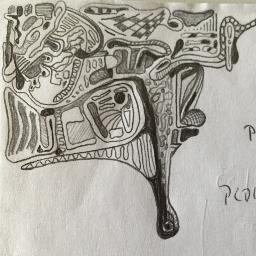
NimwegenLab
@NimwegenLab
Followers
4K
Following
915
Media
215
Statuses
5K
Gene regulatory networks and genome evolution. How do single cells make up their minds? @[email protected]
Basel City, Switzerland
Joined February 2014
RT @razoralign: Bonsai: Tree representations for distortion-free visualization and exploratory analysis of single-cell omics data https://t….
0
15
0
RT @DucheneJohan: Popular methods like UMAP & t-SNE are stochastic and distort data structure. Bonsai - a novel method - builds trees to….
0
303
0
@daandegroot91 made great efforts to make the inference computationally efficient so that we can analyze datasets with >100'000 cells. Moreover, we developed an app, Bonsai-scout, that not only visualizes the trees but also allows interactive exploratory analysis of results.
1
0
0
Some of you have heard me rant about t-SNE/UMAP. ( And I always have to hear how there is nothing better. Well, now there is! Bonsai allows visualization and exploratory analysis of scRNA-seq data WITHOUT distortion of the structure in the data.
I see we are getting to the stage of the discussion where people are starting to defend UMAP saying it can 'reveal patterns' or 'structure' in the data. Without ever specifying what precisely these patterns/structures represent. This is not surprising because hardly anybody 1/n.
1
0
0
Here it is! Bonsai. No more excuse to use t-SNE/UMAP. Bonsai not only makes cool pictures of your data. It actually rigorously preserves its structure. No tunable parameters. Absolutely incredible work of @dhdegroot.bsky.social. I'm so excited about this.
2
5
22
RT @biozentrum: The slower cells grow, the more sensitively they respond to their environment!.A new study by @NimwegenLab reveals that the….
0
5
0











